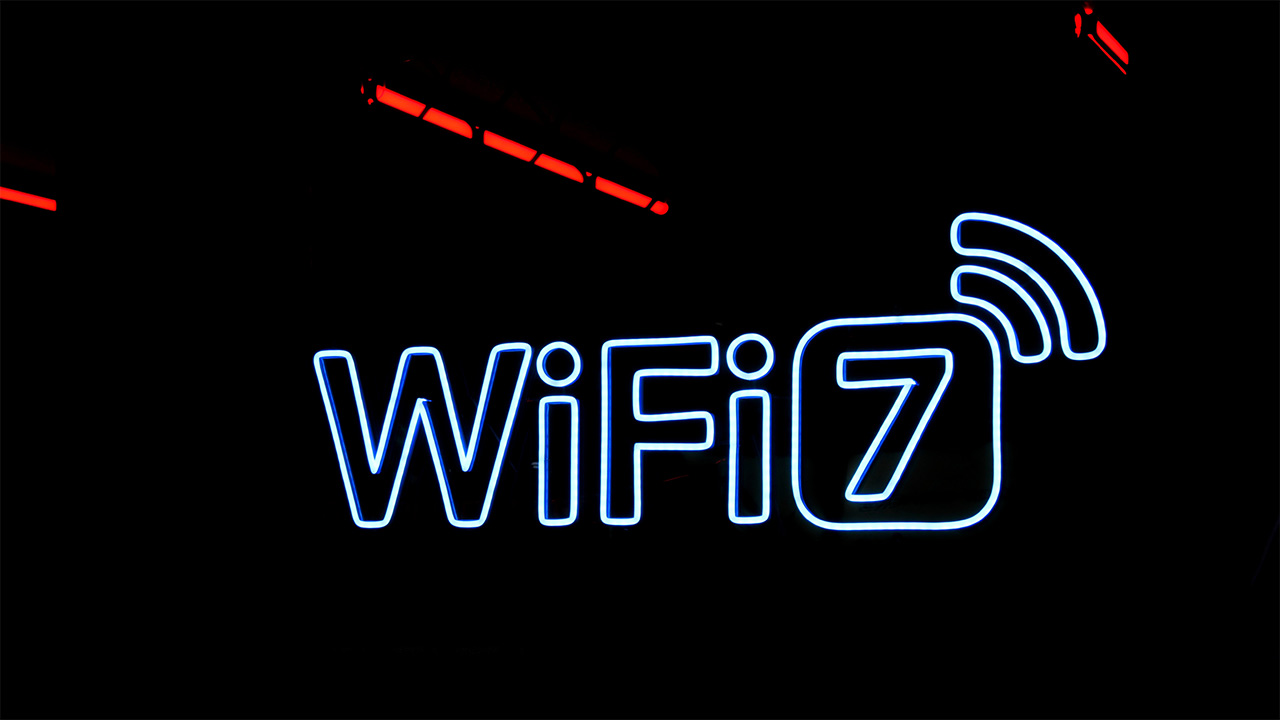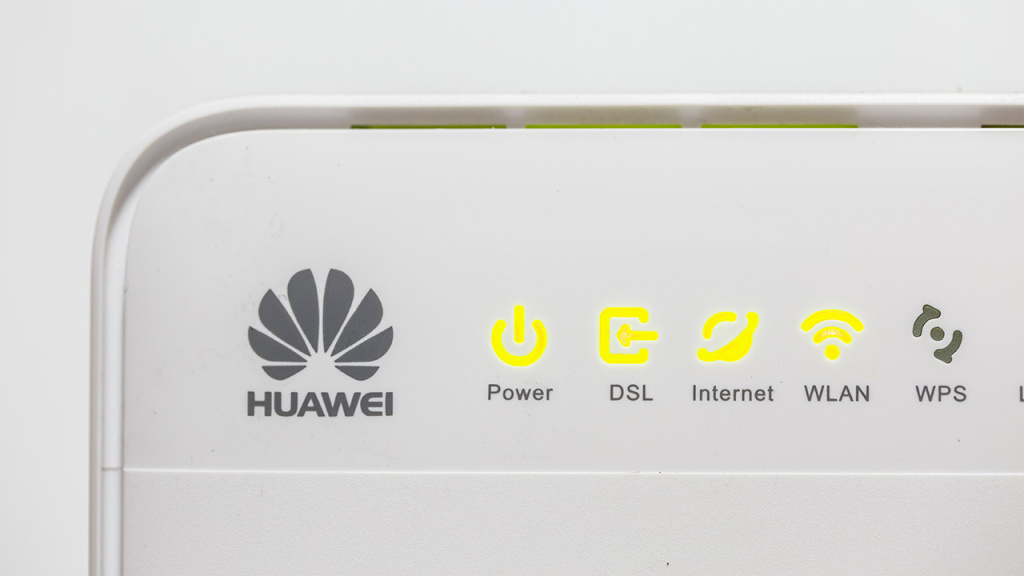
Huawei broke the Wi-Fi 7 speed record, promises a wireless revolution
Huawei is making another breakthrough in wireless communication technology, recently revealing record-breaking test performance for its Wi-Fi 7 Access Point (AP).
Huawei reports that it has completed the industry's first Wi-Fi 7 AP testing at Tolly Lab in the United States. The company claims that the results exceeded expectations, showing total machine speeds of 13Gbps and individual speeds of over 4.33Gbps. According to Huawei, this data sets a new standard in Wi-Fi performance, making it the fastest in the world.
Huawei points out that the AirEngine 8771-X1T Wi-Fi 7 AP, which operates at a radio frequency of 6GHz, provides a bandwidth of up to 4.33Gbps for a single terminal. It's the fastest Wi-Fi ever tested by Tolly Lab. Analyzing the test results, Wi-Fi 7 increases the theoretical rate of a single radio frequency to 23Gbps, which is an increase of 2.4 times compared to Wi-Fi 6.
This performance improvement indicates that next-generation Wi-Fi 7 APs will enable smoother, more reliable wireless network connections, extremely wide network coverage and faster data transfer speeds. This development is particularly aimed at high-density, high-throughput and low-latency applications, with applications in the fields of metaverse and telemedicine identified as key in the future, he writes. DigiTimes.
Metaverse, the fusion of the virtual and the real world, requires significant amounts of data and real-time transmission. On the other hand, telemedicine requires a stable, high-speed network connection to ensure real-time transmission of medical data and videos.
Huawei claims that the Wi-Fi 7 AP will provide technical support for these two key areas.
In addition, Huawei highlights its large contribution to the standard setting process for Wi-Fi 7, claiming that they ranked first, globally, in the number of standard contributions. The Chinese company points out that this not only encourages the technological development of Wi-Fi 7, but also significantly contributes to the progress of global wireless networks.
During its fall product launch in September, Huawei unveiled its first Wi-Fi 7 router, the BE3 Pro, which supports 4-core Wi-Fi 7 and a dual-band aggregation network.
Huawei Wi-Fi 7 technology has a ready answer for the challenge of the future
As augmented reality (XR), metaverse, and other fields expand, the need for low-latency, high-speed, and high-bandwidth network connections is growing, forcing the industry to develop the next generation of Wi-Fi technology.
The year 2022 marked the start of Wi-Fi 7 applications, with MediaTek presenting the first live demonstration Wi-Fi 7 technology using your Filogic chip. Next, Qualcomm introduced a commercial solution for Wi-Fi 7, the FastConnect 7800, and Broadcom presented a product portfolio for the Wi-Fi 7 ecosystem. This portfolio includes the BCM6726/BCM67263 for the home market, the BCM43720/BCM43740 for the business market, the BCM4398 for mobile devices and system chip (SoC) BCM4916.
 Shutterstock
ShutterstockWhile a number of solutions and products are gradually entering the market, Wi-Fi 7 remains the driving force, positioning itself as a next-generation technology strategically adopted by leading global manufacturers. The year 2023 marks the commercial debut of Wi-Fi 7, marking the official establishment of the next-generation Wi-Fi data transmission standard technology.
At the beginning of 2023, Xiaomi 13 became the first smartphone in the world to support Wi-Fi 7. On the computer side, Intel introduced Wi-Fi 7 cards, with many motherboard manufacturers including Intel's Wi-Fi 7 products, namely the BE200 and BE202.
Wi-Fi 6 used an 8×8 MIMO configuration, while Wi-Fi 7 operates with a 16×16 MIMO setup. To make a metaphorical comparison, if 160MHz Wi-Fi 6 is like a two-way highway, then 320MHz Wi-Fi 7 can be seen as a four-way highway, capable of accommodating twice as many simultaneous vehicles as Wi-Fi 6.
In addition, Wi-Fi 7 supports the traditional 2.4GHz and 5GHz bands and introduces the new 6GHz band. All three bands can work simultaneously, providing higher wireless speed and lower latency, further improving the user experience. The most significant change in Wi-Fi 7 is a significant increase in speeds, with a theoretical peak speed of 46.12Gbps – a significant increase of 4.8 times compared to Wi-Fi 6 (9.6Gbps).